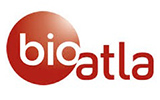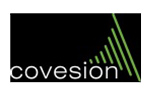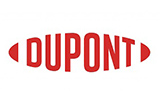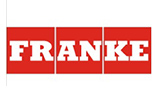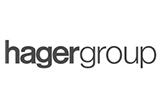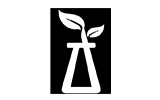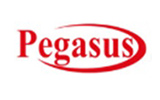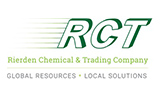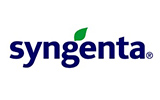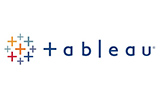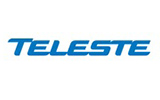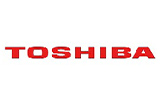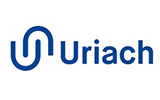

India Toys and Games Market Report 2025–2033
Market Overview
The Indian toys and games market is poised for significant growth between 2025 and 2033, driven by increasing disposable incomes, urbanization, and a growing emphasis on educational and developmental toys. In 2024, the market was valued at approximately USD 1.9 billion. Projections suggest that by 2033, the market will expand to USD 4.7 billion, reflecting a Compound Annual Growth Rate (CAGR) of 10.04% during the forecast period.
Key Market Drivers
Growing Demand for Educational Toys
There's a rising preference among parents for toys that offer educational value, aiming to enhance children's cognitive and developmental skills. Educational toys, such as building and construction sets, role play toys, and STEM (Science, Technology, Engineering, and Mathematics) toys, are gaining popularity. In 2023, the educational toys market was valued at USD 3.22 billion and is projected to reach USD 8.06 billion by 2032, exhibiting a CAGR of 14.0%.
Technological Integration in Toys
The incorporation of technology into toys, including features like augmented reality (AR), virtual reality (VR), and interactive digital elements, is attracting tech-savvy consumers. This trend enhances play experiences and educational value, contributing to market growth.
Expansion of E-commerce Platforms
The growth of online retail platforms has significantly impacted the toys and games market. E-commerce provides consumers with a convenient shopping experience and access to a wide range of products, including international brands. This shift towards online shopping is expected to continue, further boosting market growth.
Government Initiatives and Policy Support
The Indian government's initiatives to promote domestic toy manufacturing and reduce imports are fostering market growth. Programs aimed at encouraging local production, coupled with policies supporting the development of the toy industry, are expected to enhance the market landscape.
Market Segmentation
By Toy Type:
By Gender:
By Distribution Channel:
Regional Insights
Regionally, the market is categorized into:
Maharashtra leads the market, attributed to the presence of various toy manufacturers and a large consumer base.
Competitive Landscape
The Indian toys and games market is competitive, with both international and domestic players:
Future Outlook (2025–2033)
The Indian toys and games market is expected to continue its growth trajectory from 2025 to 2033, driven by:
These factors are anticipated to contribute to the market reaching USD 4.7 billion by 2033, with a CAGR of 10.04% during the forecast period.
Conclusion
The Indian toys and games market presents significant growth opportunities between 2025 and 2033. Key drivers include a focus on educational toys, technological advancements, the expansion of e-commerce, and supportive government initiatives. Both international and domestic companies are well-positioned to capitalize on these trends, contributing to a dynamic and evolving market landscape.

